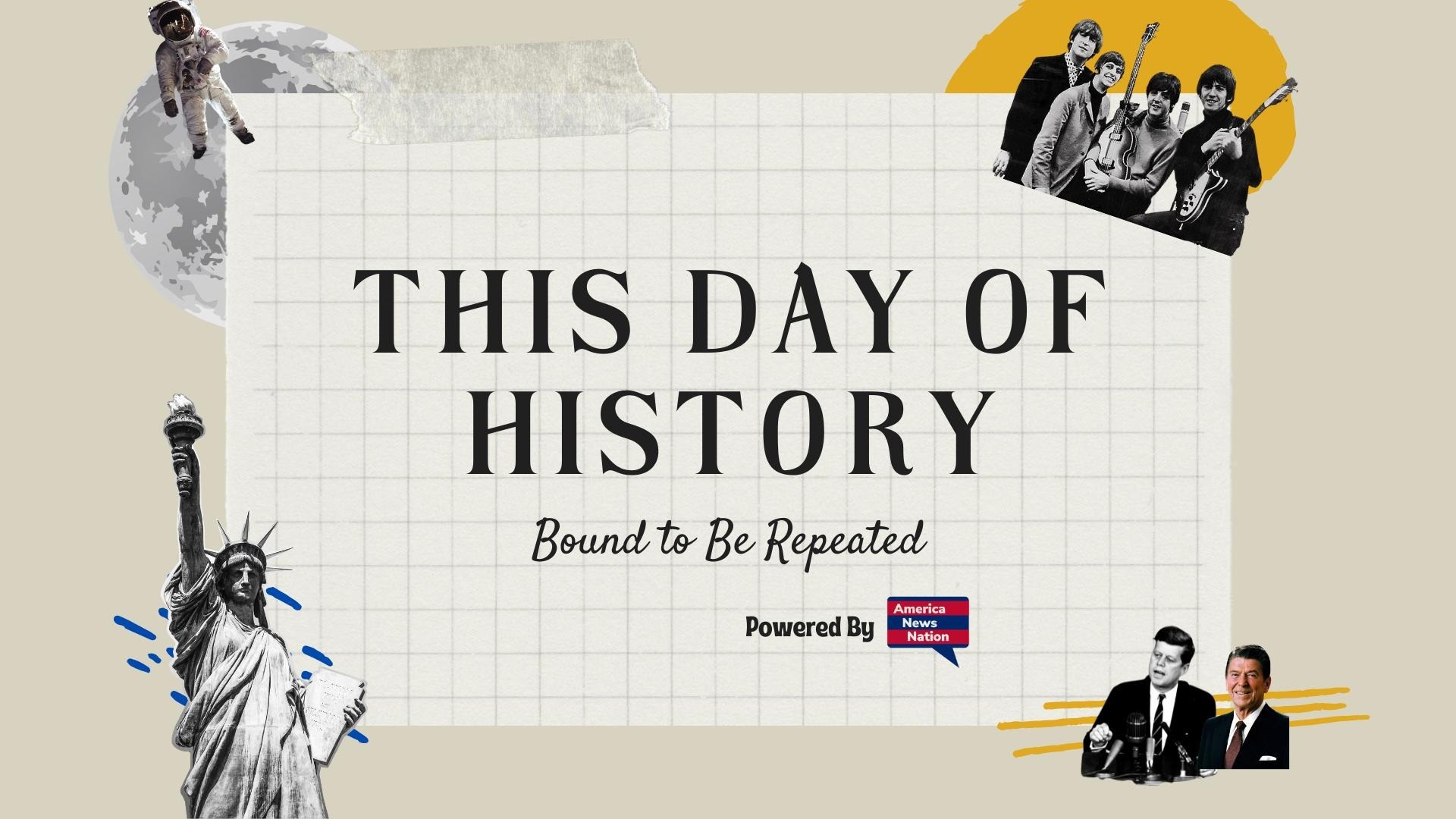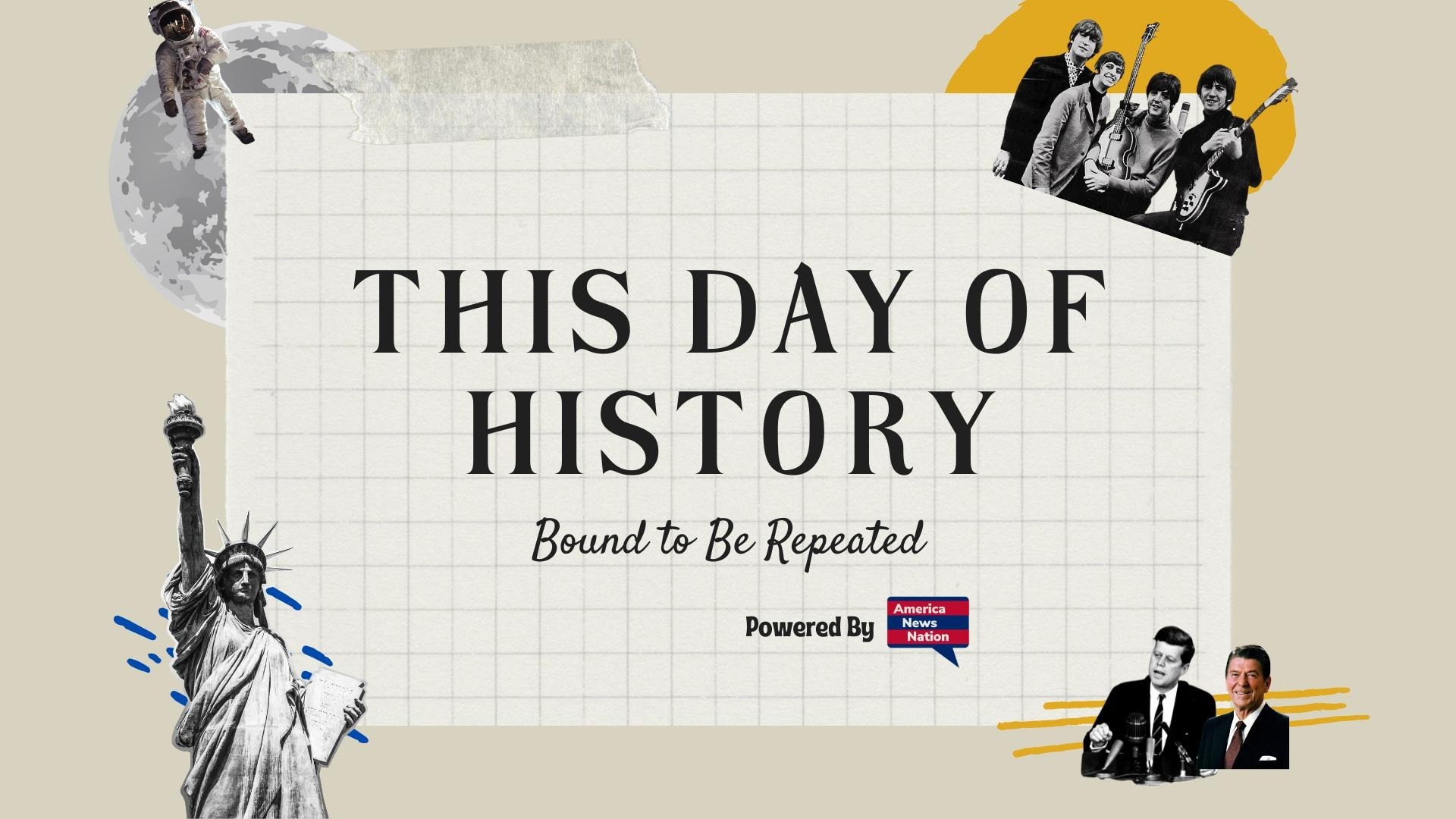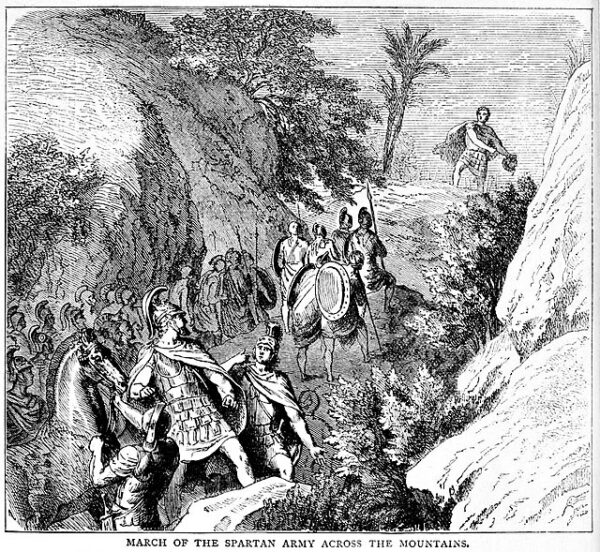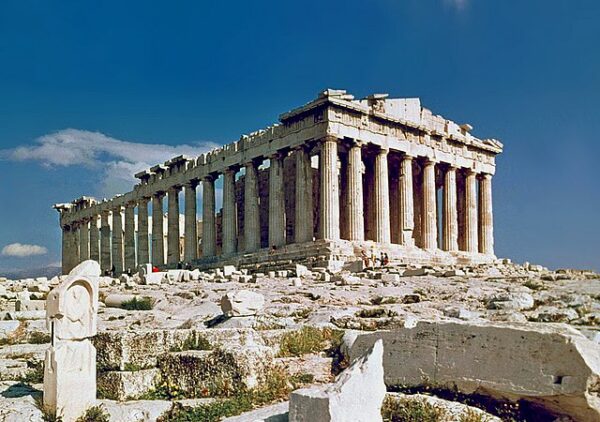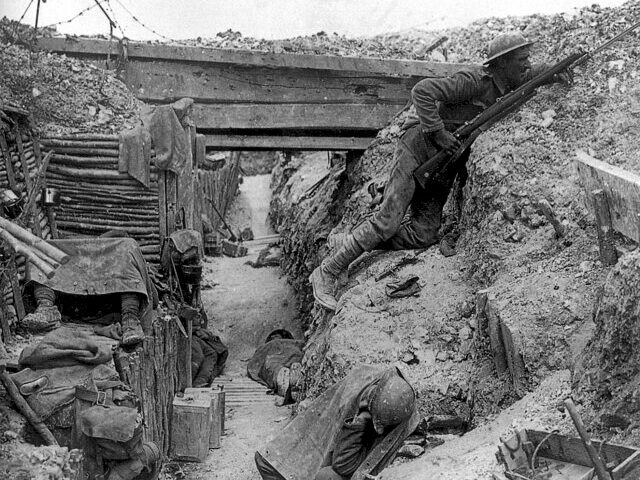On July 6, 371 BC, in a quiet plain near the Boeotian town of Leuctra, the military supremacy of Sparta—unquestioned for over a century—was dealt a stunning and irreversible blow. That day, the Theban army, under the innovative command of Epaminondas, shattered the myth of Spartan invincibility in a battle that would reshape the political landscape of Greece and signal the beginning of the end of the classical Greek city-state era.
Sparta, long considered the unchallenged hegemon of the Greek world, had forged its power on the phalanx and the discipline of its warrior class—the Spartiates—trained from childhood in the brutal agoge system. Following its victory in the Peloponnesian War (431–404 BC), Sparta enjoyed a brief period of dominance. But hubris, overreach, and a rigid social structure eroded its strength from within. Thebes, by contrast, had been a second-rate power. But by the 370s, it had grown bolder, especially after expelling a Spartan garrison from the Cadmea (Theban acropolis) in 379 BC.
Tensions between Sparta and Thebes escalated when the Spartans, under King Cleombrotus I, marched north into Boeotia with a force of approximately 10,000 hoplites and 1,000 cavalry. The Thebans, led by Epaminondas and supported by a smaller force of perhaps 7,000, chose to confront the Spartans head-on near Leuctra, rather than retreat behind their city walls. It was a decision born of both desperation and genius.
Epaminondas reimagined the traditional hoplite formation. While Greek armies typically arranged their phalanxes in uniform depth and relied on strength in the right flank, Epaminondas concentrated his best troops—the elite Sacred Band of Thebes and the strongest hoplites—on his left flank, deploying them in a massive 50-shield-deep column. Meanwhile, his center and right were held back, creating an oblique battle line. This unorthodox tactic aimed to break the Spartan right, where their own best soldiers, including Cleombrotus, stood.
As the battle commenced, Theban cavalry outmaneuvered the Spartan horsemen, driving them from the field and sowing early disorder. Then the left wing of the Theban line crashed into the Spartan right with overwhelming force. The massive column of Thebans acted like a battering ram, concentrating weight and pressure at a single point. The Spartan line, caught off guard by the depth and aggression of the assault, began to falter. King Cleombrotus was struck down in the melee, the first Spartan king to die in battle since Leonidas at Thermopylae.
The psychological shock was as devastating as the physical losses. Around 1,000 Spartan warriors were killed, including 400 of the elite Spartiates—a catastrophic number for a warrior caste already dwindling due to its rigid citizenship rules. Worse, the aura of Spartan invincibility, the belief that no force in Greece could withstand the discipline of a Spartan phalanx, was broken. That blow, once landed, could not be undone.
The consequences of Leuctra were immediate and far-reaching. The Peloponnesian League, Sparta’s alliance network, began to unravel as former allies reconsidered their loyalties. Epaminondas marched into the Peloponnese the following year, liberating the helots of Messenia and founding the city of Megalopolis to counterbalance Spartan influence in the region. Sparta, which had built its empire on the backs of the enslaved Messenians, never recovered economically or militarily.
Leuctra marked not just a turning point in Spartan fortunes, but a revolution in Greek warfare. Epaminondas’s tactics would influence later commanders, including Philip II of Macedon and his son Alexander the Great. The notion that innovation and strategic ingenuity could overcome brute strength reshaped how battles were fought in the ancient world.
In the end, the Battle of Leuctra stands as one of history’s great military upsets—a
